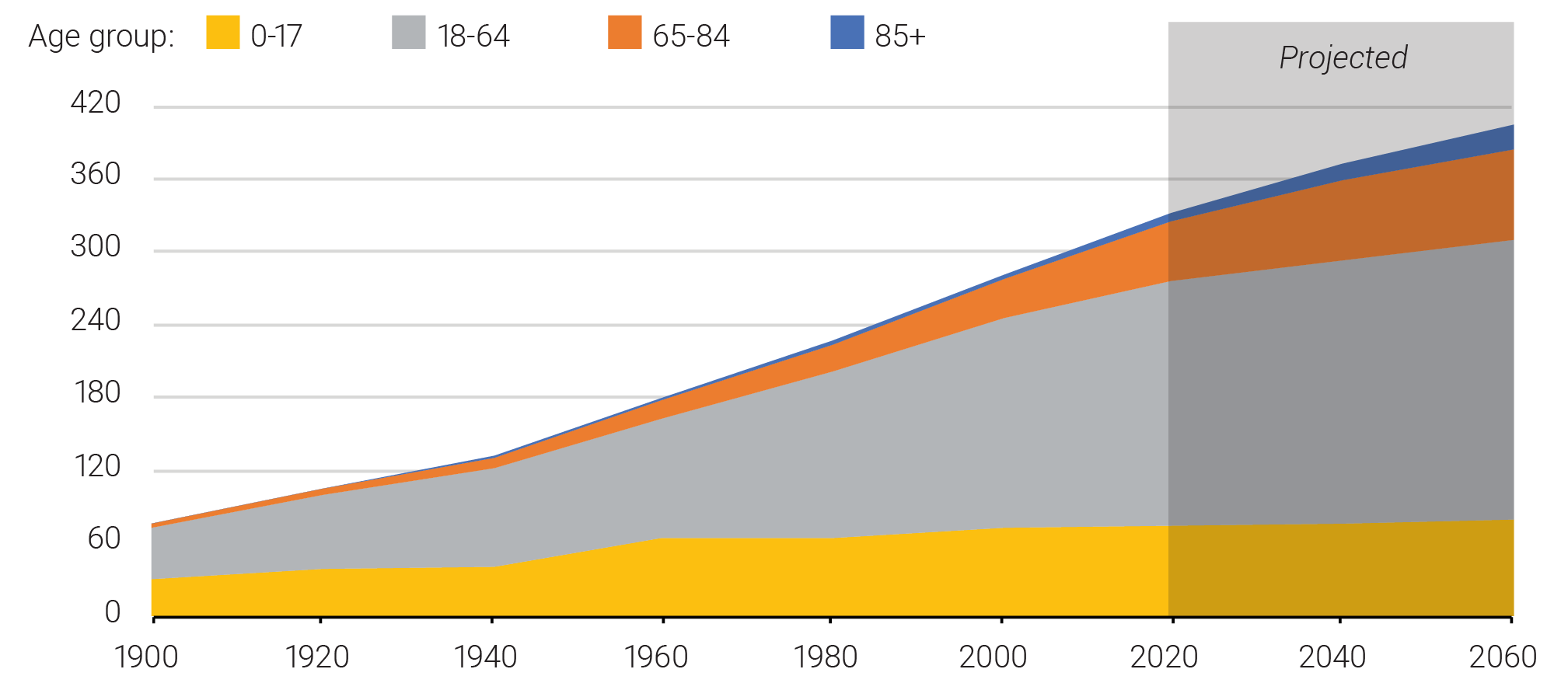More Caregivers Needed Worldwide for the ‘Oldest Old’
The Population Reference Bureau's 2010 World Population Data Sheet focuses on a rapidly aging world, highlighting many countries' pressures to care for their elderly citizens.
The Population Reference Bureau's 2010 World Population Data Sheet focuses on a rapidly aging world, highlighting many countries' pressures to care for their elderly citizens.
(2010) Tanzania is one of the world's poorest countries, with a 2008 annual per capita income of just $1,263, and nearly 90 percent of the population living on less than $1.25 per day.1 Maternal, infant, and childhood mortality—important indicators of overall socioeconomic conditions—are high, even for East Africa.

PRB produced a global interactive database and a series of regional policy reports and data sheets that highlight the importance of taking action now to address noncommunicable disease (NCD) risk factors among youth.

The current growth of the population ages 65 and older is unprecedented in U.S. history and has important implications for policymakers.

Income, neighborhood characteristics, and state policies may underly racial disparities in who gets needed care, despite federal efforts to expand home-care programs.

Project: PACE: Policy, Advocacy, and Communication Enhanced for Population and Reproductive Health
The world population will reach 9.9 billion in 2050, up 33 percent from an estimated 7.4 billion now, according to projections included in the 2016 World Population Data Sheet from the Population Reference Bureau (PRB).
(July 2002) The HIV/AIDS epidemic in Africa is often described as a crisis that demands the same kind of mobilization and response that would be necessary were a country at war.

Project: Center for Public Information on Population Research (CPIPR)
The anxiety age gap between young and older adults grew during the COVID-19 pandemic, PRB analysis finds